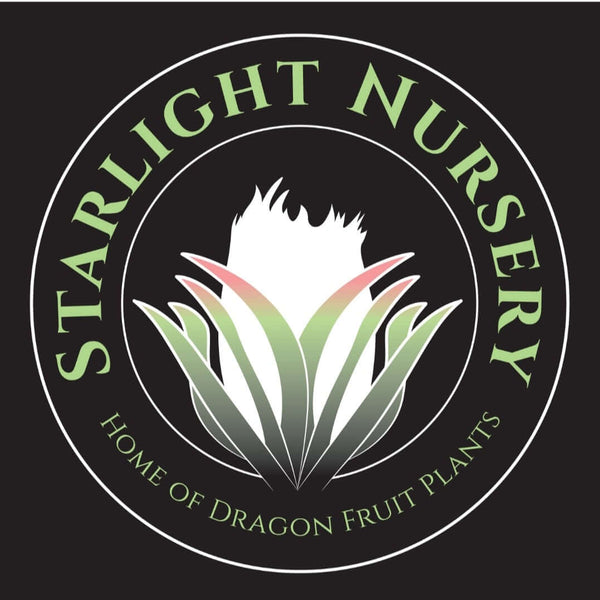Air Plants (Tillandsia): Unlocking the Secrets of These Fascinating Epiphytes
Share
Air plants, scientifically known as Tillandsia, have captured the hearts of plant enthusiasts worldwide with their unique appearance and low-maintenance nature. These fascinating epiphytes, native to the forests, mountains, and deserts of Central and South America, the southern United States, and the West Indies, have evolved to grow without soil, instead absorbing water and nutrients through their leaves. This adaptation has made them incredibly versatile and popular among urban gardeners, interior designers, and anyone looking to add a touch of green to their space without the fuss of traditional potted plants.
In their natural habitats, air plants can be found clinging to tree branches, rocks, and even telephone wires, showcasing their ability to thrive in diverse environments. This versatility translates well to home decor, allowing creative displays in glass terrariums, mounted on driftwood, or even suspended in air-plant "jellyfish" hanging planters. Their sculptural forms, ranging from fuzzy silver-green rosettes to long, trailing Spanish moss, add visual interest to any space.
Despite their reputation for being low-maintenance, air plants do require specific care to thrive in our homes. Understanding their needs is key to ensuring these otherworldly plants not only survive but flourish, rewarding you with healthy growth and, if you're lucky, beautiful blooms.
Water is perhaps the most crucial aspect of air plant care, and also the most misunderstood. Unlike traditional plants, Tillandsia don't need soil to be watered. Instead, they absorb moisture and nutrients through their leaves. The most effective watering method is to soak your air plants in room temperature water for about 20-30 minutes, once a week. After their bath, gently shake off excess water and place them upside down on a towel to dry completely. This is crucial to prevent rot, which can quickly kill an air plant. In between soakings, misting your plants 1-3 times a week can help maintain humidity, especially in dry environments.
Light is another critical factor in air plant health. While they can adapt to a range of light conditions, most Tillandsia prefer bright, indirect light. A location near a window that receives plenty of natural light but is protected from direct midday sun is ideal. Some species with silver or gray foliage can tolerate more direct sunlight, while greener varieties generally prefer shadier conditions. If natural light is limited, air plants can thrive under artificial lights, making them perfect for offices or rooms with few windows.
Air circulation is often overlooked but is vital for air plant health. In nature, these plants are accustomed to breezes that help them dry quickly after rain and prevent the growth of fungi or bacteria. In our homes, ensuring good air flow around your Tillandsia can prevent issues like rot and help maintain overall plant health. Avoid enclosed terrariums or containers that limit air movement.
Temperature and humidity also play roles in air plant care. Most species are comfortable in the same temperatures we enjoy, between 50-90°F (10-32°C). However, they don't tolerate frost, so bring outdoor displays inside when temperatures drop. Humidity levels between 50-70% are ideal, but don't worry if your home is drier – regular misting or placing your plants in naturally humid areas like bathrooms can compensate.
Fertilizing air plants isn't strictly necessary, but it can promote healthier growth and blooming. Use a water-soluble fertilizer formulated for epiphytes or bromeliads, diluted to one-quarter strength, once a month during the growing season. Apply it by adding the diluted fertilizer to your plant's regular soak water.
One of the joys of air plant ownership is watching them reproduce. After blooming, many Tillandsia species produce offsets, or "pups." These baby plants can be left to form a clump or gently separated from the mother plant when they're about one-third its size. This propagation method allows you to expand your collection or share the air plant love with friends.
As your air plants grow, they may outgrow their current display. Don't be afraid to get creative with mounting and displaying your Tillandsia. They can be glued to wooden plaques, arranged in seashells, or even tied to unique objects with fishing line or plant-safe wire. The key is to ensure that whatever material you use allows for easy removal for watering and drying.
While air plants are generally pest-resistant, they can occasionally fall victim to scale insects or mealybugs. Regular inspection and immediate isolation of any affected plants can prevent these pests from spreading. Treat infestations by gently wiping the plants with a cotton swab dipped in rubbing alcohol.
In conclusion, air plants offer a unique way to bring nature into our homes and workspaces. Their alien-like appearance and ability to thrive without soil make them conversation starters and perfect for modern, minimalist decor. By understanding and meeting their basic needs for water, light, and air circulation, you can enjoy these fascinating epiphytes for years to come. Whether you're a seasoned plant parent or just starting your green journey, Tillandsia provide an opportunity to connect with nature in a truly distinctive way. Embrace the world of air plants, and let these remarkable organisms transform your space and your gardening experience.
